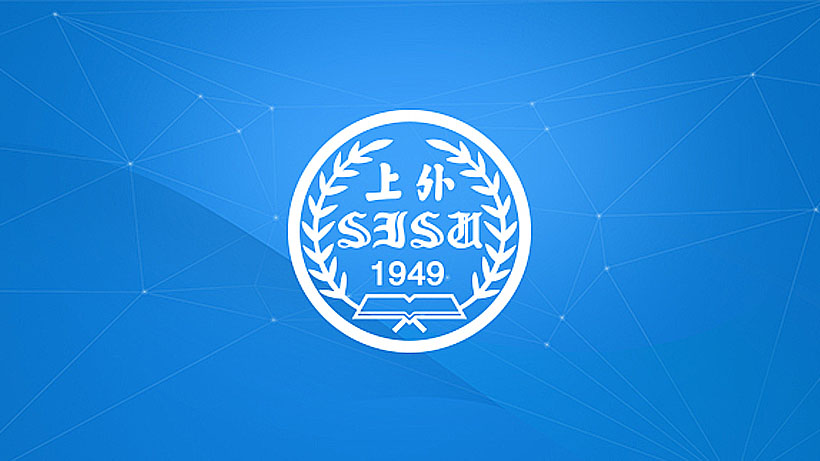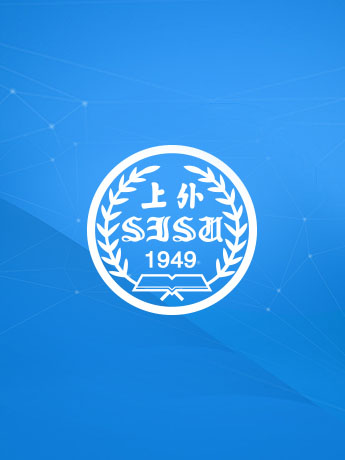
汉语的连读变调规则因其复杂性、语音上的任意性及其众多的变异与例外对音系理论提出了重要的挑战。本人认为以实验方法来观察母语者的变调行为能够促进连读变调音系机制的研究发展。本讲座集中讨论对三个汉语方言(台湾闽南话、上海话、无锡话)中的变调规则的wug测试。其结果表明无法用表层配列规则激发的变调规则经常不被运用在新词中,而表层透明的变调规则则具有更高的能产性。这些发现说明这两类变调在音系语法中的根本机制是不同的,而这一结论很难由这些变调规则在其方言词汇中的规律而得出。
Chinese tone sandhi patterns pose significant challenges to phonological theory due to their complexity, phonetic arbitrariness, and rampant variation and exceptions in the lexicon. I argue in this talk that progress in our understanding of the grammatical nature of tone sandhi can be better made by experimental methods that investigate native speakers’ tone sandhi behavior. I focus on findings from wug tests on three Chinese dialects (Taiwanese Southern Min, Shanghai, Wuxi) here, which showed that tone sandhi patterns that are not motivated by surface phonotactics often categorically fail to apply in novel words, while phonologically transparent sandhi patterns are more productive. These findings suggest that the phonological nature of the two types of sandhi is different — a conclusion not easily drawn from the lexical patterns of tone sandhi in these dialects.
新闻报道

